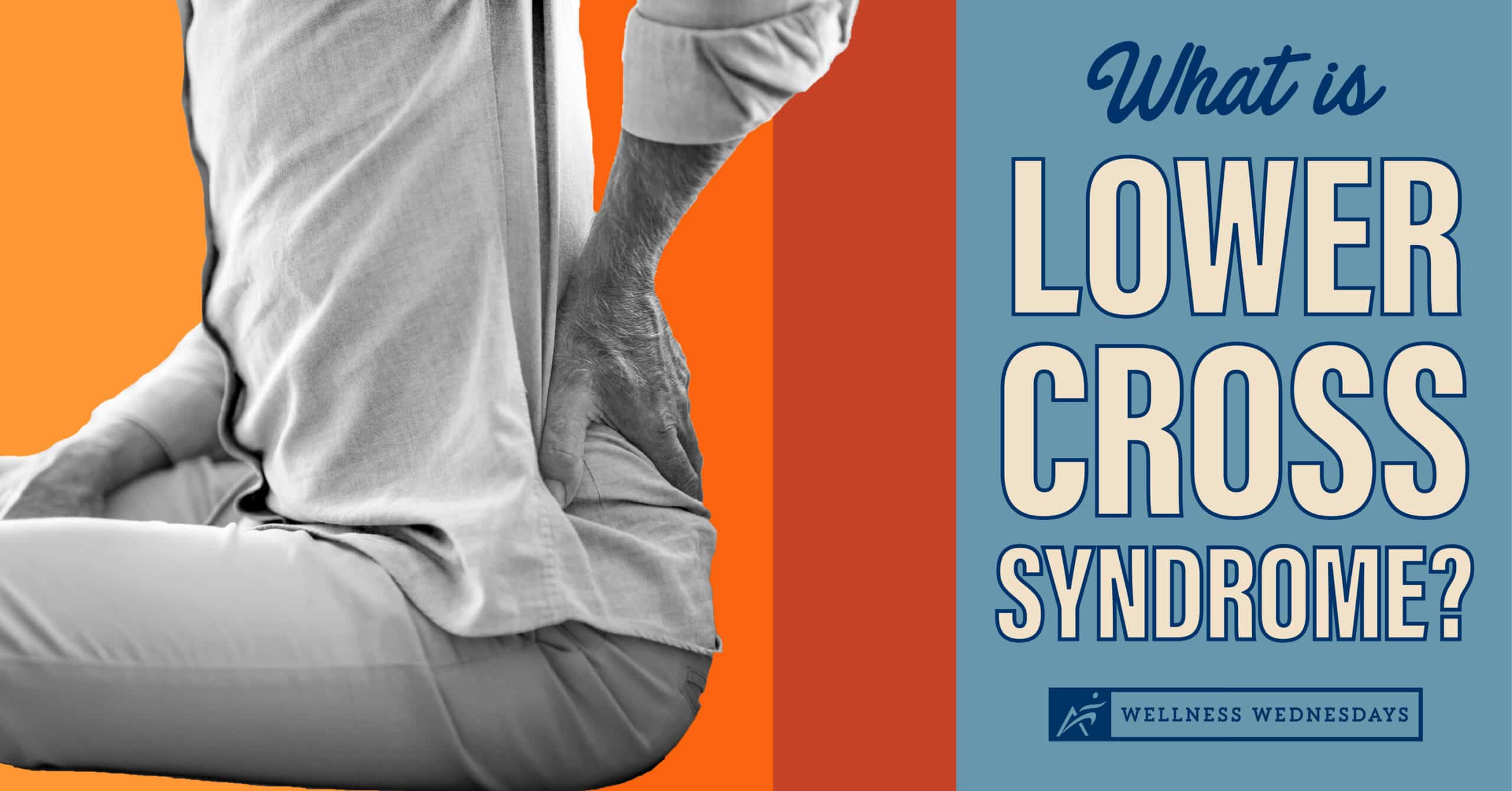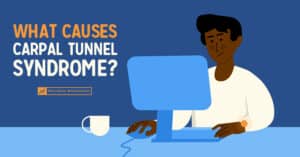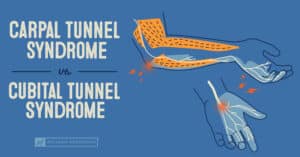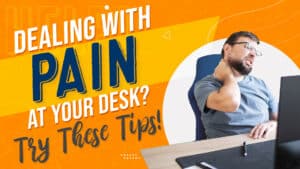Have you ever considered that your lower back pain could be Lower Cross Syndrome? If you didn’t know or haven’t heard of it, Lower Cross Syndrome (LCS) is a muscular imbalance condition that affects various muscle groups and areas of your body. Furthermore, LCS can be the result of several lifestyle and/or exercise habits, that over time can cause this condition to worsen. Continue reading to learn more about LCS and what the three common causes are.
Sedentary Lifestyles
Sitting for prolonged periods of time is detrimental to your posture and overall health. While activities like gaming, knitting, or reading can be enjoyable, all that sitting while doing those things can cause a domino effect, leading to shortened, tight hip flexors and other muscles in the hip or lower back areas. Furthermore, a sedentary lifestyle can also cause your abdominal and gluteal muscles to weaken over time and cause a possible increase in lower back pain or other injuries.
Try adjusting your hobbies by standing up if possible while performing them or taking breaks regularly to stretch and get your body moving. Even something as easy as daily walks can help relieve tightened muscles, like your hip flexors, or doing a short at-home core workout. Simple changes can make all the difference when breaking away from a sedentary lifestyle!
Poor or Improper Posture
Part of fighting a sedentary lifestyle is watching your posture, which can play a major role in many musculoskeletal conditions or impairments. Working at a desk for several hours can cause your hip flexors to tighten and/or shorten. This can lead to a forward pelvic tilt, which can pull your lower back muscles and create discomfort or tension.
Other poor posture or lifestyle habits, like standing unevenly to one side, locking your knees when standing, or carrying undistributed weight (backpacks or purses) can contribute to Lower Cross Syndrome. In addition, these habits may also affect your gait when walking or running, or form when exercising, and may add excess stress to your hips and lower back. Working on your posture by stretching is an easy way to prevent or correct improper form.
Muscular Imbalances
The consequences of poor posture or a sedentary lifestyle can result in muscular imbalances, caused by those tight or short muscles. At the same time, another factor of Lower Cross Syndrome can be overused or overstrained muscles. An imbalance may occur if one side or part of your body is more tense or being worked out more than the other, such as focusing on upper body training more intensely than lower body.
In the case of LCS, muscular imbalances are the main culprit. Tight erector spinae and hip flexors, as well as weak abdominal muscles and gluteal muscles, result in a prominent lower back curve and cause the abdomen to stick out, which puts excess load on the structures in the low back, and this leads to low back pain and tightness. To combat muscular imbalances, make changes to your lifestyle by regularly exercising all areas of your body at the same level and intensity.
How To Treat Lower Cross Syndrome
The causes of Lower Cross Syndrome have a domino effect, with one closely relating to another, and all of them exacerbating the condition. Exercise is key when preventing and reducing LCS pain. Finding the right balance and amount of stretching and training can help strengthen your muscles, as well as ease and loosen them to reduce tightness. If left untreated, LCS can continue to cause lower back pain, as well as create discomfort in muscle groups and areas compensating for the imbalance.
If you suspect you have Lower Cross Syndrome, schedule an appointment with Airrosti. Our Providers work to treat your pain at the source, in an average of 3 visits, based on patient-reported outcomes. In addition, your Provider will create a personalized treatment plan for you, with education and information to take home so you can continue your recovery.
Call (800) 404-6050 to learn more.










